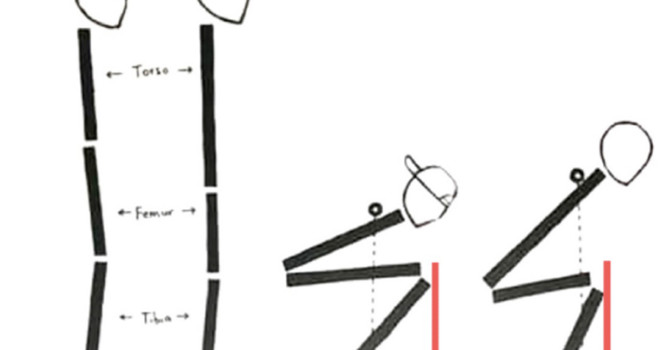
Did you know there’s watery liquid that circulates through the brain’s structures, around the brain, and the spinal cord? It is referred to as cerebrospinal fluid (CSF). This fluid takes away toxins and impurities from the brain, transfers nutrients, and protects the brain and spinal cord!
Surrounding our brain, spinal cord and nerves is a blanket called dura mater. It keeps the CSF in and is a tough soft tissue for protection. It runs along our cranium (head) to the end of the spinal cord and is anchored onto the tailbone. This is where the term “epidural” injection comes from!
The dura should have a certain amount of tension to work optimally and allow for the above actions of the CSF. However, it is common for people to have excess dural tension. When dura is under excess stress, the movement of the spinal cord can be limited and therefore may cause extra stress on the nerves as they exit the spinal cord. This can cause irritation to the nerve and can manifest itself as pain in the body or impact how the nerves function. Excess dural tension higher up near the brain can impact cranial bone motion and a backup of CSF. Too much tension here can impede ventricles (pockets of CSF in the brain), which act in venous and lymphatic drainage. This could potentially lead to toxicity, slow mental processing, attention difficulties, behavioural problems and more if the tension is enough.
So, what causes dural tension and how do I know if I have this? Too much stress on the mind & body can lead to dural stress. Stressors can include physical – trauma, postural, birth, repetitive use etc., psychological stressors, or environmental – the toxins in our environment, food, drugs, alcohol etc. Our body is beautifully designed to adapt to stressors in our life, but sometimes these stressors exceed our capacity or threshold to handle them. This is when dysfunction, in this case dural tension, comes into play. The great thing is, we know the importance of this, and we can help you to take care of your nervous system with chiropractic care!
Stay tuned for more information on dural tension & variations of cranial imbalances in Part 2!
Dr. Jessica Tamminga (Kempton)
Contact Me

